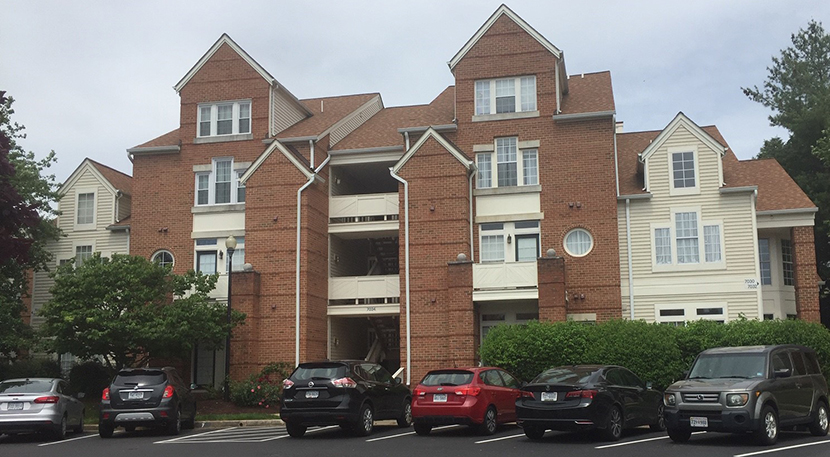
For Houses, More Bedrooms; Apartments, Less Space

In this pandemic-induced new normal, size matters if you’re a homeowner: average size of new single-family homes are bigger today than they were 10 years ago while apartment sizes appear to be shrinking, according to a new report from StorageCafe.
The report (https://www.storagecafe.com/blog/average-home-size-in-the-us-new-homes-bigger-than-10-years-ago-but-apartments-trail-behind/) said the average size of a new single family home built in 2019 grew 2,611 square feet, 143 more than in 2010. Apartments, on the other hand, averaged 1,156 square feet, 90 square feet smaller than those built in 2010.
Among the 20 largest U.S. cities, Chicago ranks first for largest homes, with new single-family houses averaging 3,330 square feet in 2019—916 square feet more than the size of a home built in 2010. In Denver, however, homes are much less spacious than a decade ago at 2,056 – 197 square feet smaller than in 2010.
The report said Jacksonville is building the biggest apartments in the US at 987 square feet, and Seattle the smallest, with new apartments averaging 676 square feet.
“During these last few months, we spent more time inside our homes than probably at any other point in our lives, and the size of our residences became all-important,” said Maria Gatea, author of the report. “The COVID-19 pandemic will probably have a long-lasting impact on how Americans – and the whole world for that matter – live and work.”
Gatea said the pandemic might have caused a “revolution” regarding how people use their houses and the new roles a home must fulfill. “More than just living quarters, many of our homes have been converted into multifunctional spaces that can accommodate our work, recreational and educational needs and more,” she said. “The good thing is that newly built homes are offering more space, just enough to allow for comfortable living. Apartments, however, lag behind in responding to this need for more space at home.”
Citing U.S. Census data, the average size of single-family homes built in the U.S. trended upwards from 2010 until 2017, when sizes hit a peak of 2,643 square feet. Since then, single family homes began decreasing in size, with homes built in 2019 averaging 2,611 square feet. However, when looking at the entire period from 2010 to 2019, new single family homes still gained 143 square feet—about the size of an average bedroom.
“It looks like the U.S. is bound to remain the land of McMansions,” the report said. “With the average home size standing at around 2,128 square feet, American homes are among the biggest in the world, vying with Australia for the top position. Compared to European countries, U.S. homes are much more spacious, and even twice as big as houses in Greece or Germany.”
Apartments, however, are following an opposite trend, decreasing by nearly 90 square feet over the last decade, from an average size of 1,245 square feet in 2010 to 1,156 in 2019. The loss is equal to a small bedroom or a kitchen.
New U.S. homes generally feature a room in the house dedicated to each family member, and perhaps even a guest bedroom too. Household size has gone down to a low 2.52 people in 2019 while single family homes continue expanding, with 3+ bedroom homes making up 89% of the new housing stock delivered in 2019.
The report said single-family homes with multiple bedrooms have now become the norm – 43% of all houses built in 2019 had four bedrooms or more, compared to 35% in 2010. At the same time, the percentage of newly built homes with two bedrooms or fewer decreased from 13% in 2010 to 11% in 2019. Three-bedroom houses remain the most popular type of single-family home, although their popularity fell from 52% in 2010 to 46% in 2019. Meanwhile, the proportion of one-bedroom apartments in new buildings increased from 35% in 2010 to 42% in 2019. Two-bedroom apartments, on the other hand, became less popular. In 2010, 45% of newly built apartments had two bedrooms, but by 2019 that number had decreased to 39%. Only 11% of the apartments built in 2019 had three or more bedrooms, compared to 13% in 2010.
